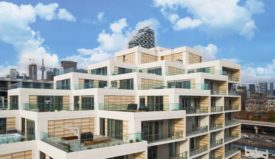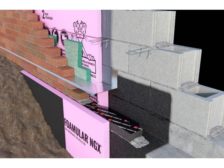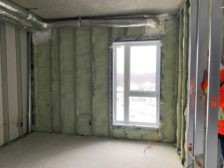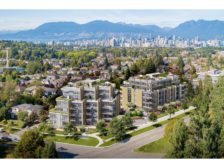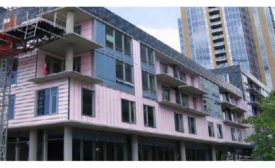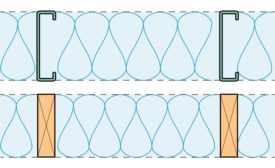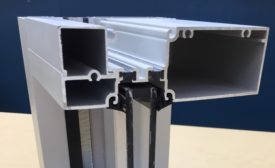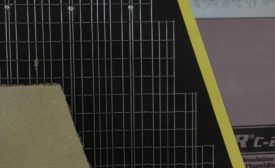Home » thermal bridging
Articles Tagged with ''thermal bridging''
Continuous Insulation Allows Spray Polyurethane Foam Insulation to be Installed From Interior
D-Max Wall
October 12, 2021
Get our new eMagazine delivered to your inbox every month.
Stay in the know on the latest building & construction industry trends.
SUBSCRIBE TODAY!Copyright ©2024. All Rights Reserved BNP Media.
Design, CMS, Hosting & Web Development :: ePublishing

